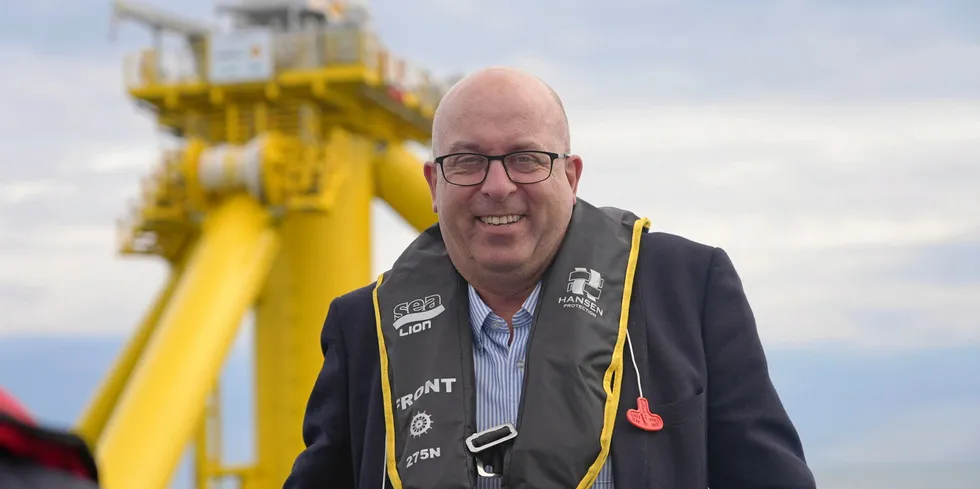Norway could switch-on 'ten times' more wind plant power at sea than Oslo 2040 target: report
Almost 340GW of plant could be built off Nordic offshore oil & gas nation according to analysis by Multiconsult for developer group including Equinor, Source Galileo, Hafslund and Deep Wind Offshore
